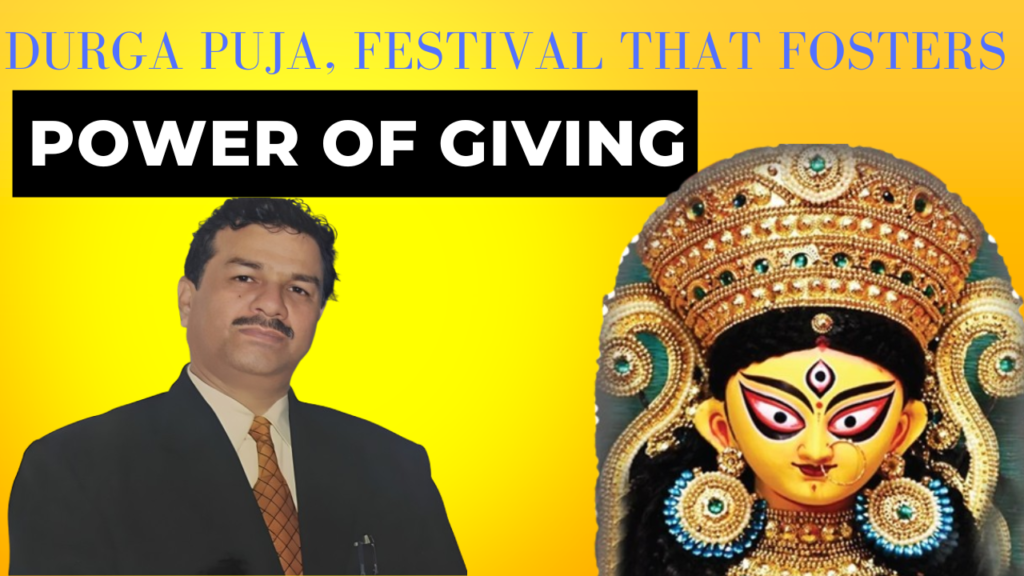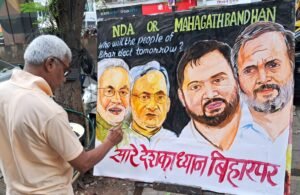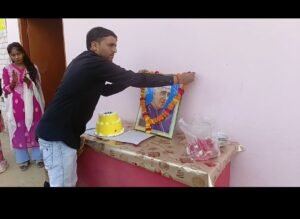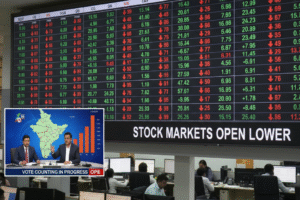Rituals to Responsibility: Durga Puja Can Foster a Culture of Giving

- Batuk Mohanto, Chief Advisor, Shri Maha Saraswati Pooja Samiti and Darbar Head, Lucknow
Lucknow: Durga Puja, one of India’s most celebrated festivals, attracts millions of devotees every year, with cities like Kolkata spending over ₹3000 crores annually on celebrations. This figure reflects the grandeur and scale of the festival, which spans across religious devotion, art, and cultural pride. However, amidst the lights, sounds, and colors, lies an opportunity for transformation—an opportunity to shift from rituals to responsibility and foster a culture of giving. In a world increasingly in need of empathy and inclusivity, Durga Puja can evolve into a platform for social good.
The Essence of Durga Puja
At its core, Durga Puja celebrates the triumph of goddess Durga over the demon Mahishasura, symbolizing the victory of good over evil. Beyond the mythological significance, the festival is a time for unity, communal harmony, and spiritual rejuvenation. However, with more than 4,500 Durga Puja pandals erected in Kolkata alone in 2023, the potential for the festival to extend its influence beyond religious and cultural observance is undeniable. This vast network of community-driven efforts can serve as the foundation for positive social impact, turning rituals into acts of responsibility.
From Rituals to Responsibility: The Power of Collective Action
In 2022, India recorded over 13.5 crore people living below the poverty line, and 46.6 million children remained out of school, facing a bleak future without access to quality education. These figures represent challenges that, while daunting, can be addressed through collective efforts. Durga Puja provides a unique opportunity for communities to channel their resources and energy toward addressing these societal issues. Traditionally marked by elaborate worship ceremonies, grand feasts, and cultural programs, the celebration could also integrate acts of giving and social responsibility into its framework.
Take, for instance, the concept of “seva” (selfless service), which is deeply ingrained in Indian culture. By incorporating acts of kindness, such as feeding the poor, organizing health camps, donating to charities, or supporting educational initiatives, Durga Puja can be transformed into a festival of giving. During the 2022 Durga Puja celebrations, several organizations across West Bengal and Delhi collaborated to distribute over 50,000 meals to underprivileged communities, proving that the festival’s spirit of generosity can make a tangible difference in people’s lives.
Inspiring a Culture of Giving: Real-World Examples
In recent years, many communities have started rethinking the traditional ways of celebrating Durga Puja, shifting focus to social welfare. For the 2024 Durga Puja, we have committed to feeding over 100 underprivileged children as part of their celebrations, while also distributing over 500 study materials to support their education. These efforts not only bring immediate relief and joy to the recipients but also set a benchmark for other Durga Puja organizers. By leveraging the cultural significance of the festival, communities can spark long-term social change, creating a ripple effect that extends far beyond the festival period.
The Economic Case for Giving
Durga Puja is not just a religious event; it is a major economic driver. In West Bengal, the festival contributes around ₹32,000 crores to the state’s economy, with more than 40% of the annual income of artisans and craftsmen generated during this period. If even a fraction of this spending was redirected toward social causes—such as funding education, healthcare, or feeding the hungry—the impact would be monumental.

For example, if 1% of Kolkata’s estimated ₹3000 crore Puja budget were allocated to social causes, it would generate ₹30 crore, enough to support education for approximately 10,000 underprivileged children for an entire year. Imagine the transformative potential if every Puja committee across India contributed a small percentage of their budget toward addressing pressing societal issues.
The Path Forward
The future of festivals like Durga Puja lies in their ability to adapt and meet the needs of modern society. While rituals and traditions will always remain central, they can be enriched with a spirit of giving back to the community. By promoting a culture of social responsibility, Durga Puja can become more than just a religious celebration; it can be a powerful symbol of compassion, solidarity, and inclusivity.
Communities across India have already begun to make this shift. Whether through small, localized efforts like providing meals or larger, organized initiatives like educational sponsorships, the potential for positive social impact during Durga Puja is enormous. If more Puja committees and individuals embrace the concept of giving as part of their celebration, the ripple effect could reshape the festival’s identity. It could foster a lasting culture of responsibility and kindness, ultimately creating a more compassionate and inclusive society that transcends the boundaries of the festival itself.









